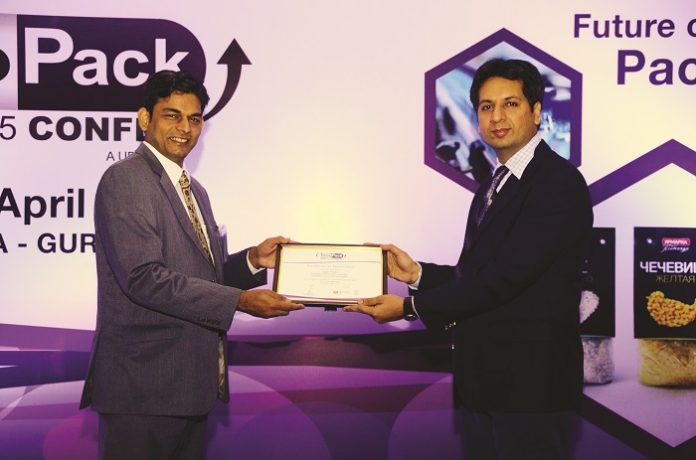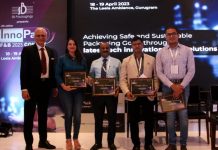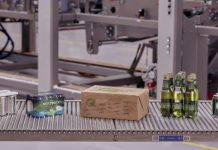
The Innopack food and beverage packaging conference on 23 and 24 April 2015 at the Leela Hotel in Gurgaon was one of an increasing number of knowledge events for brand owners and packaging experts and technologists taking place around the country. Organized by UBM India, the continuously evolving implications of laws, regulations, cold chains, supply chains and retail formats as well as new materials and production processes are part and parcel of these knowledge and technology catch-up events. The well-organized conference was extremely well moderated by the articulate and knowledgeable Quateel Ahmed, the chief marketing officer of ACG Worldwide who were the Gold sponsors of the event.

Gyan Talwar of Hindustan Coca Cola Beverages Gyan Talwar the packaging development manager of Hindustan Coca Cola Beverages very capably got the conference rolling by projecting the complexity of the packaging process from the commitment stage to the experiential. Talwar said that the need to interest and intrigue the purchaser is paramount and every graphic, color and tactile illusion can be used by the packaging team – the packagicians. However, the contemporary consumer experience must cover a lot of bases – from frustration free, sustainable, intelligent to personalized packaging. Opening a package may reveal a product but it can also be a window to new ways of interaction and engagement – look out for the package that listens or talks back.

Prabhod Halde’s explication of the rules, laws and compliances governing packaging were spiced with sage advice. Halde who is the global regulatory head of Marico, knows his stuff and is committed to building the Indian food processing and packaging industry. His presentation was a masterful lesson that I will not attempt to replicate it if you missed it – he is obviously a great industry resource. “The make in India initiative is ideal for packaging,” he said, apart from his concise and up-to-date primer on regulatory compliance. “The country can be a packaging hub with its combination of good industry experts, good materials and low conversion cost.” To make this happen he suggested that we need to invest in research and development and innovation. Moreover, he pointed out, “The required synergy with academia is missing in our country.”
Automation

Annamitra Mohanty, the young technical account manager of Siemens spoke about Industry 4.0 – and the necessity of ultimately implementing the digitization, automation and integration of packaging lines to a level where the product will itself interact with machines; and the machines themselves interact with other machines. As we evolve from cyber physical systems to the internet of things and to the internet of services, the eventual goal is that a filling and sealing machine should be able to handle personalization – it should be able to create a unique and even intelligent package with a unique set of ingredients without the line pausing or stopping.
Mohanty also provided a reality check – only 30% of the packaging machines in India are Ethernet ready and only 10% are OMAC/WS ready. He said that the internet of things is still far away for us – perhaps 10 years from now! And, smart factories are even further away in the distant future. Nevertheless in the panel discussion on automation at the end of the day moderated by Anup Wadhwa, director of the Automation Industry Association of India, Mohanty clarified that in some segments the future is closer – global brand owners are already implementing the fastest and most automated lines for the rural market in India. With the bottom of the pyramid perhaps representing the largest addressable market, a good deal of automation and integration planning and design is currently being undertaken in the country, he said. A reflection of both this immediacy and opportunity is that of Siemens establishing its internal Indian packaging group in 2014.
David McGowan a versatile packaging professional asked, “What should packaging professionals be learning?” McGowan went on to show several examples of innovative packaging and reflected on how these come about from a huge fund of multidisciplinary thinking and experience. “The glue (even for technology innovation) consists of the people, knowledge and a new way of working.” All of these cannot be learned in the classroom, he said, “There is no single course that is available.”









